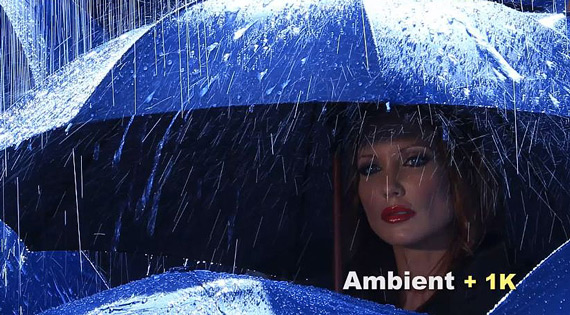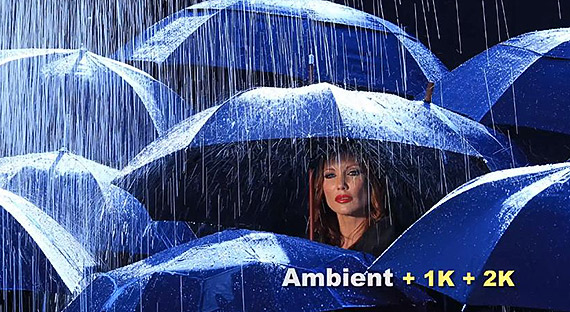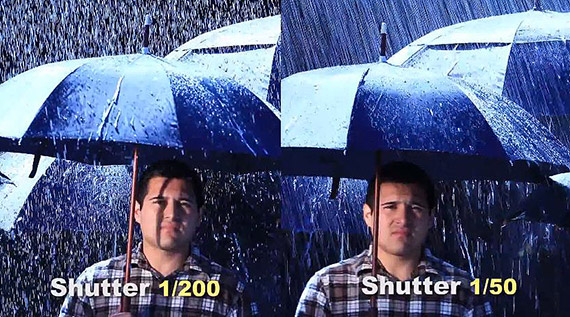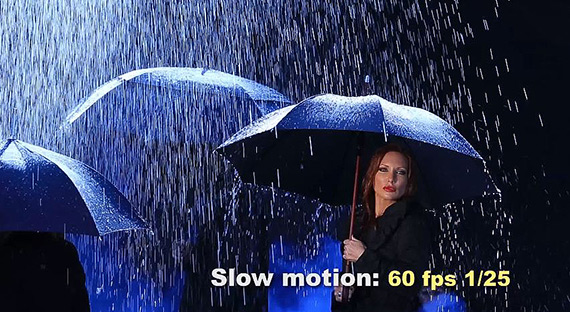Jay P. Morgan recently got his hands on a Canon 1D-C and, like any curious photographer, decided to put the DSLR through some rigorous testing by way of motion picture photography. The 1D C is most notably known among videophiles as an affordable moving image monster capable of capturing cinematic footage at 4k, something previously available only on much more expensive rigs such as the RED line of cameras. Below, you can take a look at some behind the scenes footage of Morgan’s shoot as he shares his opinions and advice on the question of pulling stills from video verus traditional still photography:
The Setup
Since Morgan was using “rain” for the shoot, the entire thing took place outside. He used two duvetyne backdrop cloths which are non-reflective, thus very helpful when shooting outdoors in the sun. To further assist in dealing with the sun, Morgan employed the SunSeeker iPhone app to help track the sun’s movement and avoid shooting when it would be at its least flattering angle.
To emulate the look of a night shoot, Morgan adjusted the 1D’s color balance to tungsten which gave the available light a bluish hue. Additionally, a 1K (also tungsten balanced) Fresnel light was added on camera left to add a neutral light on the model’s face.

The photo above uses a single Fresnel lamp at 1k.
Not quite pleased with the single Fresnel lamp, Morgan added a second light, this time adjusted to 2k. As you can see in the sample below, the second light really brings the models face to the center of attention. The second light certainly helped overpower the sunlight, helping to achieve the look Morgan was going for.

Here a second Fresnel was added at 2k to further fill the models face.
To add a little fill light to the scene, a Photoflex P22 reflector was added on camera right. It was positioned within close proximity to the model to provide maximum results. Finally, a large golf umbrella was covered in plastic and placed above the Fresnels to protect the equipment from the water.
Camera Settings
Outfitted with a Tamron 70-200mm lens, Morgan conducted a few test shots to find the proper camera settings. What Morgan discovered is what works well for video isn’t necessarily ideal for still images and vice versa. In the side by side test shot below you can see that the quicker the shutter speed the sharper the talent’s face appears in the still; however, the video captured at a higher shutter speed looks choppy when played back. The slower shutter speeds provided smoother video, but the talent appeared to blur slightly in the stills when there was any movement.

Finding balance between good video and stills requires some test shots at various shutter speeds.
Morgan ultimately chose to shoot at a shutter speed of 1/50, because the rain looks best in both the video and the still. The slower shutter speed, of course, comes at the cost of losing sharpness in the model’s face in the event that there is movement.
In Conclusion
For some applications, such as wildlife photography, the ability to pull stills from video can be a great advantage. Just be aware that many frames will be lost due to motion blur. In the case of commercial photography, Morgan recommends collecting stills and video separately. In Morgan’s opinion, the process of creating stills from video is a lot like a shot in the dark. Since you have complete control in studio type shoots, there is no sense in putting yourself through the guesswork of pulling stills.

Shooting at high frame rates, 60 frames per second in this case, can create gorgeous stills, but the video will appear to be slow motion.
“I found the process of pulling frames a lot like a shotgun approach. I kinda felt like we were letting the camera roll, having her move, and did we get something? Was it right? It just felt very distant and not comfortable to me. That said, I love the Canon 1D C and want to buy one. I personally learned this process has its limitations, but I can see times when it would be extremely valuable.”
Like This Article?
Don't Miss The Next One!
Join over 100,000 photographers of all experience levels who receive our free photography tips and articles to stay current:






Leave a Reply